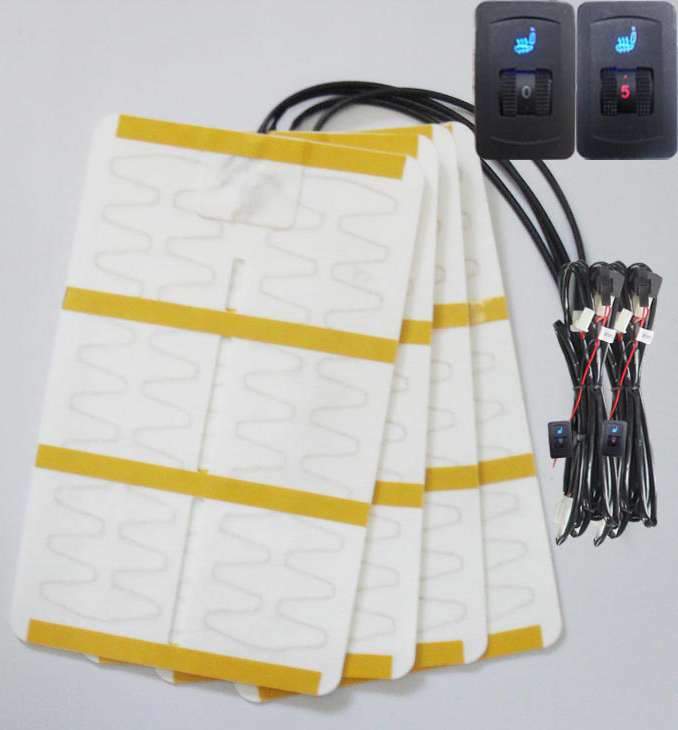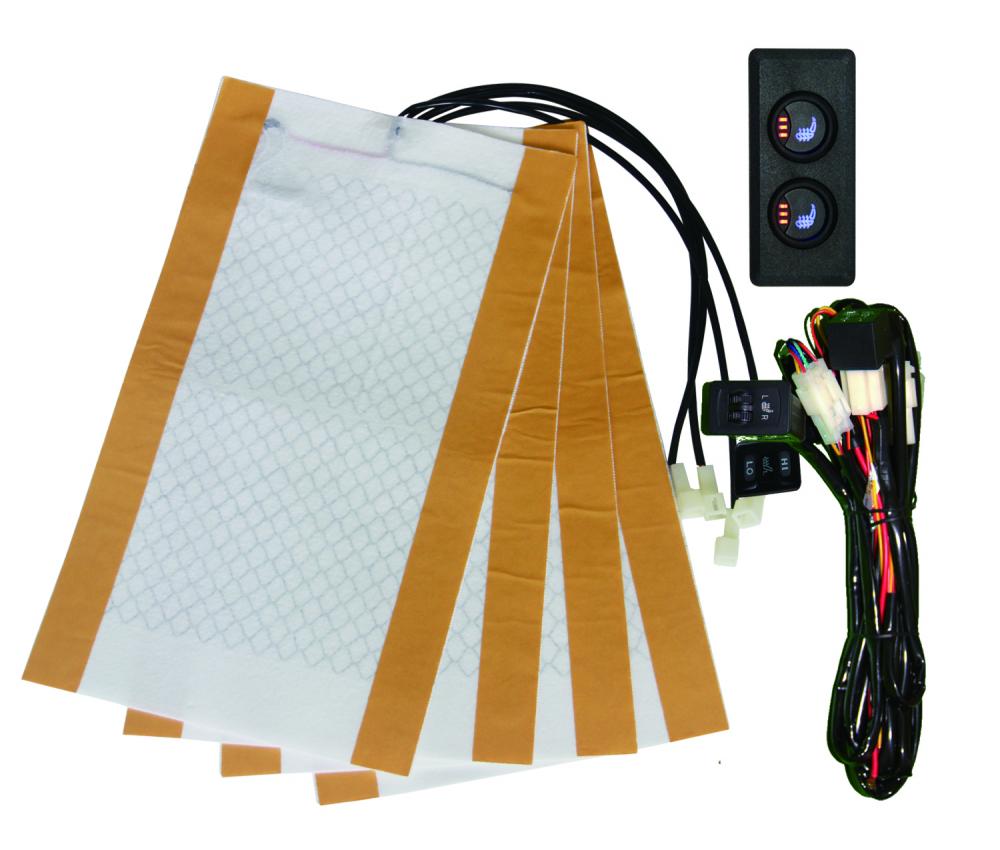Wu Guanglin, Lin Jiaoping, Shanghai Jiaotong University, Li Congxin, Xue Xingxue, considered the curvature of the combined surface that is closely related to CNC machining, avoiding the blindness of the choice of transition fillet radius in the previous CAD modeling, so that it cannot be processed due to the transition surface during the machining process. Or reduce the tool with a smaller radius to reduce the processing efficiency. This method provides a new idea for the surface transition technology, and at the same time facilitates the realization of CAD/CAM physicalization. In the actual product design, the so-called combined surface is often used in the actual product design, that is, the different surface patches are in a certain way. The combined surface of the curved surface can easily express complex shapes, but it brings another problem. This is the transition problem between curved surfaces in the combined surface. If you want to make the single surfaces meet the specific conditions directly, this will It is extremely difficult, even impossible, to use a transition surface between the combined surfaces to deal with the transition between the curved surfaces. Because of the important role of the transition surface in the performance and appearance of the product, there are many researches in this area. Although there are many researches on surface transition problems and the algorithms are perfect, they all study the transition problem only from the mathematical point of view, without considering the processing requirements. The transition surface thus established may not be processed or must be processed. Increase the number of tool changes and reduce the efficiency of machining. To this end, this paper intends to compare from the perspective of CNC machining. Research on surface transition technology 1 Free-form surface smooth transition theory When a curved surface is used to connect transition surfaces, the transition surface and the combined surface must meet a certain degree of smoothness (also called smoothness). Currently, there are two different kinds of The measure of the connection smoothness: one is the traditional parameter continuity, and the other is the definition of geometric continuity parameter continuity: if and only if the two surfaces P(s, t) and Q(u, v) Their regular common connection lines P (V=Q(V) have partial directors up to the order, then they are said to have n-order parameter continuity or continuity of C1 along the connection line. The definition of geometric continuity is : The two curved surfaces P(s,t) and Q(u,v) have n-order geometric continuity or continuity of G along their regular common connection line P(V)=Q(V). If and only if Is a continuous parasiticity that can be reparameterized such that they have n parameter continuity along the common connection line or C1. In practice, people gradually realize that the traditional parameter continuity is in measuring the light of a non-parametric form of the surface. Appropriate for compliant, but for surfaces in parametric form Smoothness is an unnecessary excessive restriction on smoothing. Therefore, it cannot accurately measure the smoothness of the parametric surface. Geometric continuity is the necessary relaxation for parameter continuity and is also necessary for parameterization, but It is by no means a smoothness of smoothness, so that it can provide additional degrees of freedom for shape definition and shape control. Therefore, geometric continuity is an ideal measure for the smoothness of parametric surfaces. Considering that the parametric surface has now become a free-form surface. In the standard expression form, this paper also uses geometric continuity to deal with the smoothness of the connection between the transition surface and the combined surface and comprehensively considers the principle of precision and benefit. This paper only uses G1 and first-order geometric continuity. The continuity can be expressed as: two surfaces. P(s,t) and Q(u,v) along their regular common connection line P (V=Q (V has first-order geometric continuity or continuity of G1 if and only if they are along the common connection line) There are common tangent planes or common surface normals everywhere. 2 Surface transition technology for CNC machining As mentioned above, the transition of the surface in the current geometric modeling system only from the mathematical point of view without considering the requirements of CNC machining. The transition technique of the combined free-form surface for NC machining proposed in this paper not only satisfies mathematics. On the smoothness requirements, more importantly, it takes into account the characteristics of CNC machining. The surface transition technology mainly includes the following 2.1. The combination of the discrete surfaces of the combined surfaces and the intersection of the combined curved surfaces. The current research on the discrete surfaces of the free-form surfaces is more mature. The algorithm is also more mature. The method is to discretize the combined surface. For the specific implementation of the method, please refer to the relevant combined surfaces after the discretization, and solve the intersection of them (represented by the microline segments). It is also very easy to use. Combine the surface and get the intersection line. The current combined surface NC machining has three kinds of operator area processing method and section method. The cross-section method is to plan the tool path trajectory on a set of mutually parallel planes, and is usually a set of planes perpendicular to the XY plane. This method is the most commonly used method in combined surface machining, which can treat the combined surface as a whole. For machining, the tool path spans the entire combined surface and the machining efficiency is high. Therefore, this paper also proposes a transition method for combined surfaces for this processing method. When a combined curved surface that has been separated by a plane perpendicular to the XY plane is used, the intersection line represented by the microline segment can also be conveniently obtained. 2.3 Finding the curvature of the combined surface at the intersection line. After finding the intersection of the combined surface and the plane, the curvature of the surface at the intersection of the sectional plane and each side of the triangular piece (the end point of each micro-line segment) can be obtained. The process is h?? the first invariant of the surface, E=Pu.Pu, the second invariant of the surface, L=n°Pm, after the curvature is obtained, by solving the extremum, the maximum curvature of the point can be found. The value formula is that after the curvature of the surface at the intersection of the combined surface and the section plane is found, the following formula can be used to calculate the minimum radius of curvature along the section plane of the next section plane and the current section plane d-? The allowable residual height, mm, at the same time, note the value of the curvature of the surface of the intersection of the current section plane and the combined surface. In this way, the maximum value of the curvature of the surface at the intersection of each section plane and the combined surface is obtained. 4 Analysis and determination of the reasonable combined surface transition radius When the maximum value of the curvature at each section plane is obtained, the transition radius of the combined surface can be analyzed and judged in the NC machining, and the generation of the non-interference tool path trajectory, especially the trajectory Interference testing and processing is the most complicated part. The choice of tool radius (here, the ball-end tool) and the number of tool changes during machining are the two most important factors affecting the machining efficiency. If considered separately, the larger the tool radius, the higher the machining efficiency; the less the number of tool changes, the higher the machining efficiency. But for a given surface, the larger the tool radius is selected, which means that the number of tool changes is increased. The goal of this paper is to minimize the efficiency of the combined surface without increasing the transition surface. Based on this, the proposed gradient radius of curvature is as follows: If the combined surface has a clear numerical requirement for the radius of curvature of the transition, the corresponding radius of the intersecting plane The required value; otherwise, if the largest of the maximum curvatures of all the section planes is smaller than the ball head curvature of the economical tool, the economical tool is the most economical tool, and the tool has the highest processing efficiency, and the corresponding transition radius of each section plane is The ball nose radius of the tool; otherwise, the transition radius corresponding to each section plane is the reciprocal of the maximum curvature corresponding to the section plane. 2. The cubic B-spline surface is fitted to obtain the transition surface to obtain the combined surface. After the transition radius corresponding to each section plane, we first use the arc of the radius of curvature to make the G1 smooth rounded transition of the intersecting line of the combined surface corresponding to the same section plane, so that we get a series of arcs and write down The start and end points of each transition arc segment, that is, the intersection of the transition arc and the combined surface intersection line, these start and end points The connection is the common connection line between the combined surface and the transition surface. Then we use the surface fitting technique to fit this series of arcs to obtain the required transition surface. This paper uses the cubic quasi-uniform B-spline surface as the form of the fitting surface. As mentioned earlier, G1 continuity is used as the smoothing criterion for combined curved surfaces and transition surfaces. The criterion is expressed as follows: the two surfaces P(s,t) and Q(u,v) along their regular common connection line P(V)=Q (V has a first-order geometric continuity or continuity, if and only The coplanar conditions can be expressed mathematically as (PXP, (end)) when they do not coincide with the four tangent planes Ps (V, Pt(V) along the common connection line. Based on the size and types of heating elements in the car seat, the heating process can be faster or slower. There are seats that have carbon fiber heating wires whereas some have been equipped with NiCr heating wires. You need to get a unit that offers quick heating and able to evenly distribute the heat all over the seat for a warm and soothing feeling. Heated Mattress Pad,Electric Heated Mattress,Car Heated Mattress Pad,Sunbeam Heated Mattress Pad JiLin Province Debang Auto Electric Co.,Ltd. , https://www.carseatheating.com


Combination of free-form surface transition technology for CNC machining